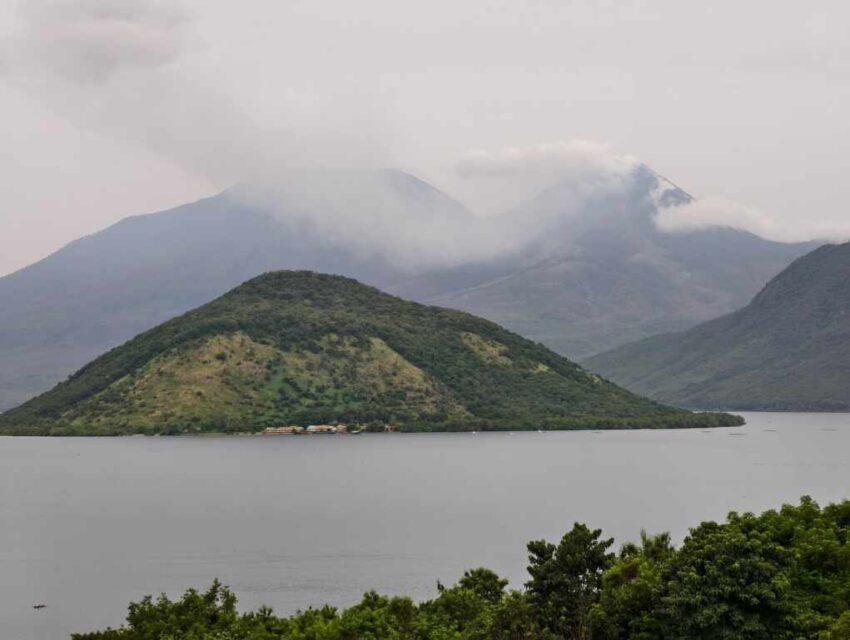A massive volcanic eruption in Indonesia sent an 11-kilometer ash cloud into the sky, grounding dozens of flights to and from Bali and stranding tourists across the region.
At a Glance
- Mount Lewotobi Laki-Laki in East Nusa Tenggara province erupted, sending an ash cloud 11 km high
- At least 32 flights to and from Bali were canceled, affecting routes from Australia, India, and Singapore
- Indonesia raised the eruption alert level to its highest tier
- Villagers near the volcano were evacuated; no casualties reported so far
- Indonesia remains highly vulnerable to volcanic activity due to its position on the Pacific “Ring of Fire”
Eruption Grounds Flights Across Southeast Asia
Mount Lewotobi Laki-Laki erupted violently on June 18, propelling an ash cloud over 11 kilometers high. The eruption forced authorities to raise the alert to its maximum level and evacuate surrounding villages. The CNN report confirmed that tremors continue and additional eruptions are possible. Watch a report: Indonesia Volcano Grounds Flights.
Flight Chaos at Bali Airport
The eruption triggered the cancellation of at least 32 flights in and out of Bali, disrupting popular routes between Australia, Singapore, and India. According to Al Jazeera, carriers like Singapore Airlines, Jetstar, AirAsia X, and Batik Air canceled or delayed operations. Indonesia’s air navigation agency, AirNav, said the moves were needed “to ensure the safety of the passengers.”
The closure affected Bali’s I Gusti Ngurah Rai International Airport, a critical hub for Indonesia’s $10 billion tourism sector. “Due to volcano activity of Lewotobi Laki-Laki, several flights at I Gusti Ngurah Rai Airport are cancelled,” stated Angkasa Pura, the nation’s airport operator.
Impact on Tourism and Local Economy
JetStar noted: “Forecasts show the ash cloud is expected to clear by later tonight. As a result, this afternoon’s flights will be delayed to operate later this evening.” However, with conditions uncertain, many tourists remain stranded or facing lengthy delays.
Volcanic ash is highly dangerous to aircraft, with even minimal exposure potentially causing engine failure. The eruption compounds challenges for Bali’s tourism sector, which is still rebounding post-pandemic and from earlier natural disasters.
Indonesia’s Volcanic Threat
Indonesia sits on the Pacific “Ring of Fire” and endures frequent seismic activity. Mount Lewotobi Laki-Laki last erupted in November 2024, killing nine people. Its latest activity underscores the unpredictable risks residents and tourists face in this dynamic region, as Reuters reported.
Officials continue to monitor the volcano, advising all residents and visitors to avoid the seven-kilometer danger zone around the crater. With tourism and safety at stake, authorities hope flight schedules can return to normal soon—though much depends on nature’s next move.
Click this link for the original source of this article.
Author: Editor
This content is courtesy of, and owned and copyrighted by, https://thecongressionalinsider.com and its author. This content is made available by use of the public RSS feed offered by the host site and is used for educational purposes only. If you are the author or represent the host site and would like this content removed now and in the future, please contact USSANews.com using the email address in the Contact page found in the website menu.








